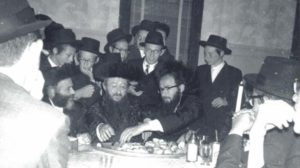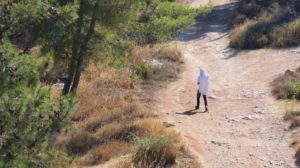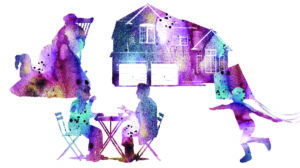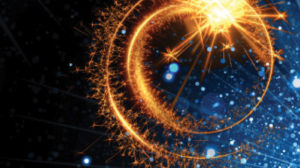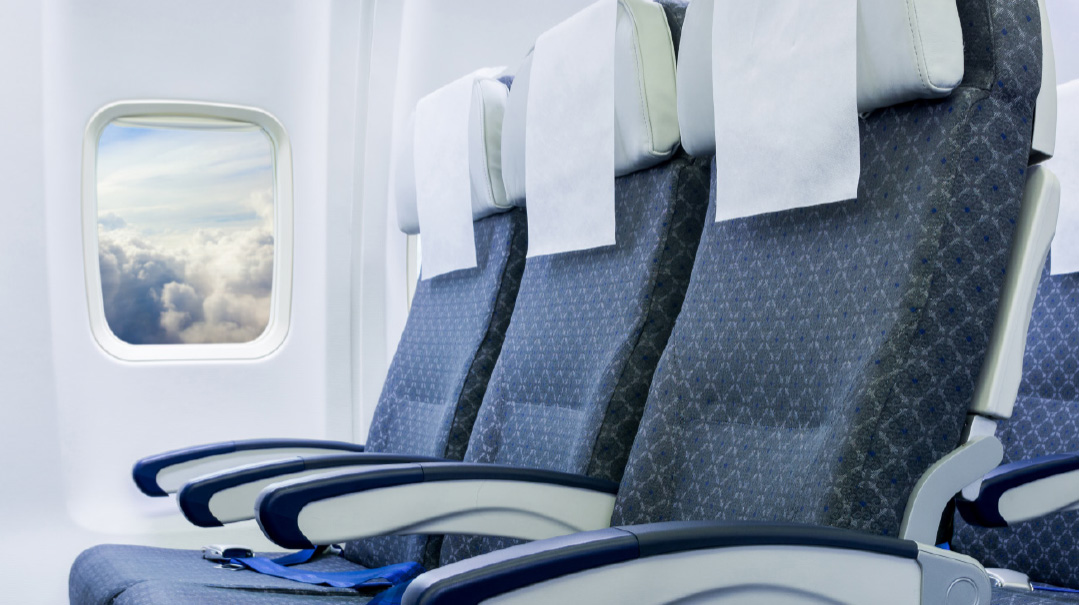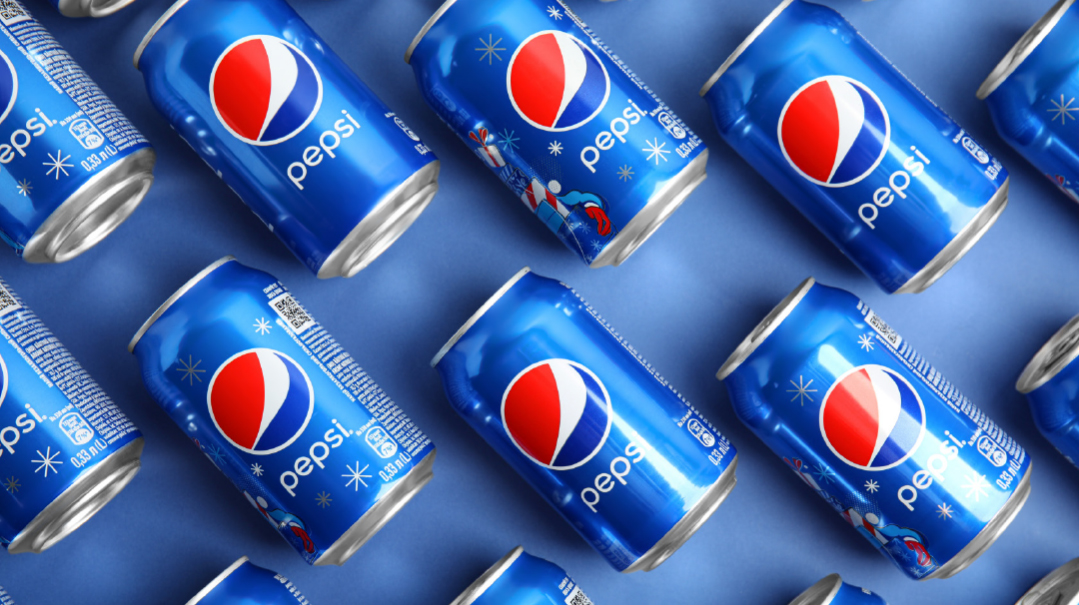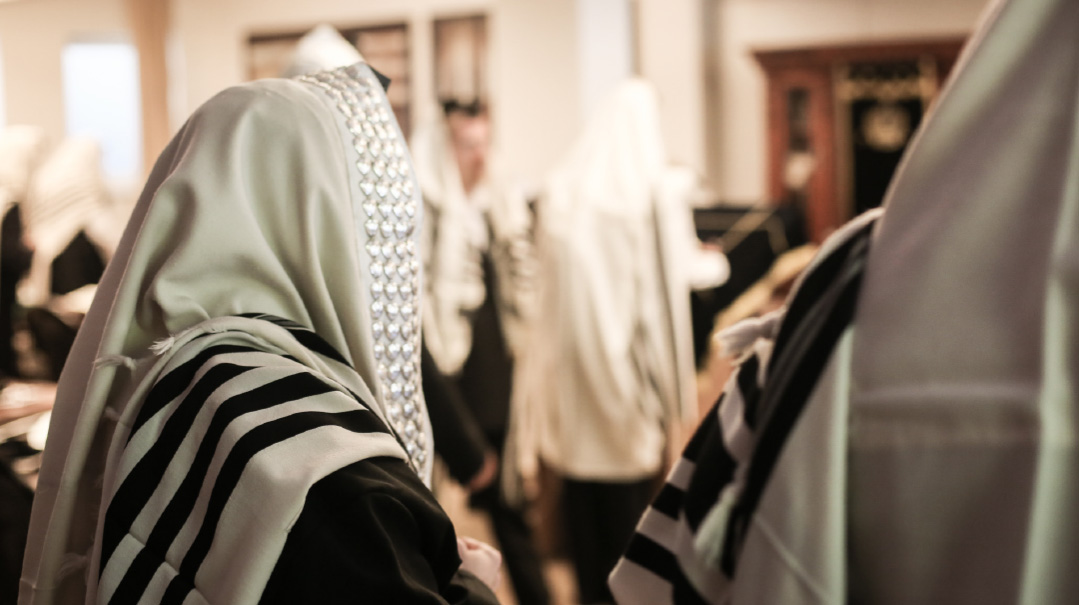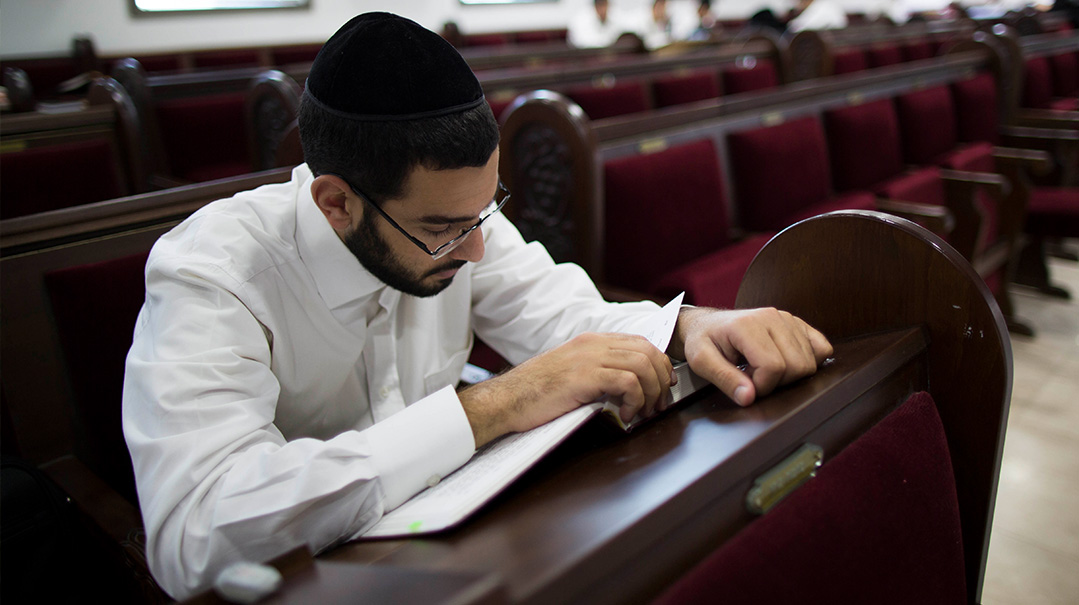A Nishmas Moment
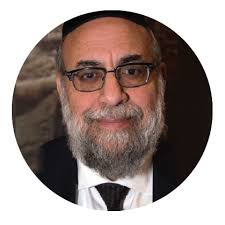
At that moment, I knew this family secret of the “Nishmas moment” must be publicized
Allow me to share with you an important family secret about the tefillah of Nishmas.
That Nishmas is one of the most powerful and significant tefillos is not a secret. That this tefillah is traced back to the generation of the Tannaim is also no secret. It is also well known that the tefillah has been recommended by many gedolim throughout the generations as a powerful segulah.
So then what is this “important family secret” about Nishmas I am about to share? First, let me offer some important background.
There are various opinions as to who composed this important tefillah. The first letters of four of the primary pesukim spell the name “Shimon” (backward), a hint that this is the author’s name. But which Shimon is it? Some hold that it was the Tanna Rabi Shimon ben Shetach. Others say it was Rav Shimon ben Pazi. A third opinion has it that the famed Rabi Shimon bar Yochai composed it while he and his son Rabi Elazar were in the cave for 13 years. Rabi Shimon wanted to thank Hashem for all the nissim He did for them on a daily basis.
Over the generations, many additional pesukim were added to Nishmas by the various paitanim (poets), according to the Raavad. There is even a dispute as to when Nishmas became part of our Shabbos Shacharis davening. The Raavad says it started in the generation of the Amoraim, while Rabbeinu Yonah (Berachos 34b) brings various proofs that it didn’t begin until the generation of the Geonim that followed.
As to why it was added specifically to the Shacharis tefillah on Shabbos and not to the regular weekday Shacharis, the Ari ztz”l explained that the Zohar (Shemos 205a) states that since on Shabbos a person has a neshamah yeseirah, the tefillah beginning with the words “Nishmas kol chai” is very appropriate. As a matter of fact, the sefer Yesod V’shoresh Ha’avodah (Chapter 8) brings from the Ari z”l that a part of the neshamah yeseirah that comes to a person on Shabbos enters into him while he says Nishmas.
The recitation of Nishmas was always taken very seriously by our gedolim. The Bobover Rebbe, Rav Shlomo z”l, used to relate that the father of Reb Naftali Ropshitzer, Reb Mendel Linsker, put so much effort into saying Nishmas that afterward he would faint from exhaustion. His wife prepared honey biscuits that were smaller than a k’zayis and put them into the pocket of his Shabbos beketshe, and he referred to them as “Nishmas cookies.”
So many gedolim mention in their writings that when a person is faced with a serious challenge, he should commit to say Nishmas after it passes, and this will stand as a segulah that helps bring that about (Reb Yehudah Hachassid, Ben Ish Chai, Kaf Hachayim, Rav Chaim Palag, and many others as well).
Rav Yisrael Gustman said his rebbi, Rav Shimon Shkop, advised that saying Nishmas would be a segulah for avoiding being drafted by the Polish army. This message was shared by both the Steipler Gaon and his son ybdlch”t Rav Chaim Kanievsky.
So with all these secrets about the power of the tefillah of Nishmas already well-known, what other secret can there be?
I would like to share a very important and personal secret with Klal Yisrael.
While most people say Nishmas when a difficulty or challenge is behind them, my family, and in particular my wife and daughter, Ilana Jeger, whose spiritual levels are way beyond my own, have taken it to an entirely different level.
When I was very ill several months ago, the news that came each passing day from the hospital staff was bad and getting worse. My wife and daughter told our family that they should all join them in saying Nishmas in the event that there would be any good news. Not only good news on the big things, but even when they heard that a certain number was slightly better than the day before. Even if the overall matzav was still extremely critical, they would all nevertheless say Nishmas.
No matter how dire and bleak the prognosis was at the time, if there was even the smallest improvement in anything, it became a “Nishmas moment.” This continued throughout my weeks in the hospital and on into the months that followed during the healing process. When I was able to stand on my own two feet; when I was able to walk up a flight of stairs by myself, unassisted; when I was able to resume my morning daf yomi and Shacharis schedule, my wife sent out to the family chat notice of a “Nishmas moment.”
While no one in this temporal world can pinpoint any particular action performed on my behalf that the Rofei Kol Basar felt was the deciding factor in granting me life, amid all the tefillos of Klal Yisrael, in my heart of hearts I believe it was these “Nishmas moments.”
HaKadosh Baruch Hu loves and waits for the shirah of Klal Yisrael. Here was a family that resolved to sing the ultimate tefillah of shirah, which is Nishmas (see Pesachim 118a), whenever Hashem gives even the smallest gift, regardless of whether we will see the ultimate yeshuah. When Hashem hears such shirah, He wants to keep giving more good news and more gifts so that the shirah, the “Nishmas moments,” will continue. I truly believe that this is what brought about my personal yeshuah.
I recently read a story about the great gadol Rav Shlomo Heiman ztz”l, related by his student Rav Avrohom Pam ztz”l (see sefer Moreh Tzedek). Rav Shlomo was only in his fifties when he was diagnosed with an incurable cancer that left him only a few months to live. He traveled from New York to the Mayo Clinic to undergo a risky operation that would hopefully be able to save his life. He underwent surgery, but the cancer had already advanced so far that there was nothing the doctors could do to ameliorate it.
Upon his return to New York, Rav Heiman made a special seudas hoda’ah. His students approached him and asked him, “Why make a seudas hoda’ah, when they were not able to help you?”
Rav Shlomo explained that this was a dangerous operation, and the fact that he survived it, even if it didn’t help him, was enough of a reason to thank Hashem and make a special seudas hoda’ah. Rav Pam, who participated in the seudah, was so moved by this that he spoke about it for decades later.
When COVID-19’s second wave struck our communities with a vengeance after the Yamim Tovim, many people became seriously ill, among them some very dear friends. When their families reached out to my wife for advice on how to cope with the pain and stress of watching a loved one suffer from the effects of this terrible illness, she shared our family secret of the “Nishmas moment.” They all adopted this practice and later shared how it had given them the strength and focus to get through their terrifying ordeal intact.
But that is not why I am sharing this family secret with Klal Yisrael. I am doing so because of a brief encounter I had with an incredible young woman who was sitting shivah for her beloved father z”l, a victim of the terrible mageifah.
As I passed by her, she called out and asked me to please thank my wife for giving her and her family the inner strength to cope with this incredible personal loss. I was perplexed; I wasn’t aware of any conversation that my wife had had with her since her father’s passing. She then explained what she was referring to.
“When your wife told us about the ‘Nishmas moments,’ we took this on throughout the many weeks of our ordeal,” she said. “Even though we didn’t get the outcome that we had hoped for, we developed such a close connection to HaKadosh Baruch Hu through our many ‘Nishmas moments’ that we feel strengthened to face the most difficult challenge of all head-on.”
At that moment, I knew this family secret of the “Nishmas moment” must be publicized, if it could provide chizuk and strength to even just one fellow Yid.
The Navi Yeshayahu (43:21) teaches us that the entire purpose of our existence is to give praise to Hashem, and the primary vehicle for that is our attachment to the tefillah of Nishmas. We also develop a greater appreciation for how HaKadosh Baruch Hu controls every facet of our lives, both big and small. With that in mind, our appreciation for HaKadosh Baruch Hu should be that much greater.
I would like to suggest that perhaps before we start saying this incredible tefillah, we take a moment to think about one of Lieutenant Meyer Birnbaum’s favorite sayings: “Don’t tell Hashem how big your problems are — tell your problems how big Hashem is.”
This article is written l’ilui nishmas Sarah Chaya a”h bas Rav Aryeh Zev.
Rabbi Aryeh Z. Ginzberg is the rav of the Chofetz Chaim Torah Center of Cedarhurst and the founding rav of Ohr Moshe Institute in Hillcrest, Queens. He is a published author of several sifrei halachah, and a frequent contributor to many magazines and newspapers, where he writes the Torah hashkafah on timely issues of the day. He is also a sought-after lecturer on Torah hashkafah at a variety of venues around the country.
Oops! We could not locate your form.

